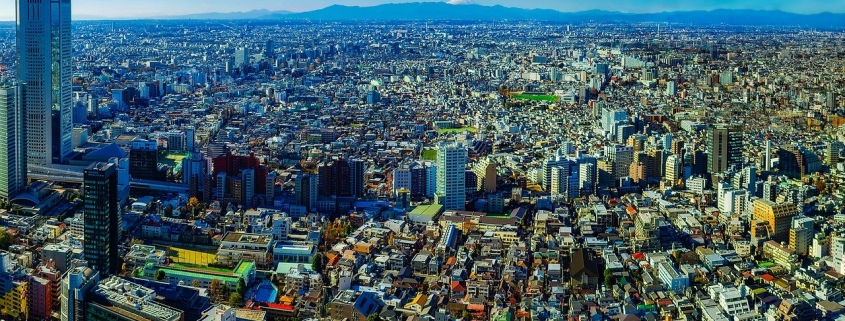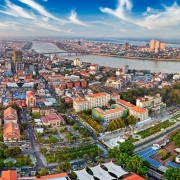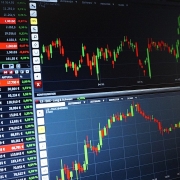What caused Japan’s Lost Decade?
Topic of Study [For H2 History Students]:
Paper 1: Understanding the Global Economy (1945-2000)
Section B: Essay Writing
Theme II Chapter 1: Problems of economic liberalisation
The geese ahead of the flock
Before the ‘Lost Decade‘, Japan’s economic progress have continued until it was the second largest in the world, after the United States. In fact, the ‘flying geese paradigm’ was used to refer to Japan as the frontrunner of economic development in Southeast Asia (contrast with the ‘Four Asian Tigers’).
The pattern was one in which first Japan, followed by its former colonies, achieved miracles of growth. They left such bastions of U.S. influence as the Philippines in the dust. South Korea, Taiwan, Hong Kong, and Singapore, followed by Thailand, Malaysia, and Indonesia were all members of Japan’s flock. Even China took its turn.
An excerpt from “How Asia Got Rich: Japan, China and the Asian Miracle” by Edith Terry.
Speculative activities: A growing asset bubble
After the Plaza Agreement was signed, Japanese Yen was twice the value of US dollar between 1985 and 1987, spurring speculators to plough their funds in assets and stocks. Additionally, borrowers could obtain funds from banks in Japan easily, fueling more speculative activities. Over time, stock and land prices surged.
Between January 1985 and December 1989 the real value of the Nikkei 225 stock price index tripled. By the middle of 1992, the index in real terms was less than 20% above its January 1985 level. Land prices have behaved similarly. An index of land prices in Japan’s six largest cities almost tripled in real terms between 1985 and 1990.
An excerpt from “Japan’s Bubble, Deflation, and Long-term Stagnation” by Kōichi Hamada, A. K. Kashyap, David E. Weinstein.
The Bank of Japan viewed the growing bubble as a threat. As such, it raised interest rates from 2.5% to 6% to discourage speculation. Consequently, borrowers were alarmed by higher interest rates as they anticipated their inability to finance their loans. Panic selling took place, causing the value of shares to plunge drastically.
By August 1990, the discount rate reached 6%. meanwhile, starting in 1990, the Bank of Japan sharply reduced the growth in the supply of money. Although Japanese officials were trying to engineer a soft landing by gradually deflating the speculative bubble, it burst with surprising speed. By October 1990, the Nikkei had fallen to nearly 20,000 yen. The price of real estate began its descent in 1991… Non-performing loans piled up at banks. Economic growth virtually ground to a halt, as it averaged only 1% per year from 1990-2003.
An excerpt from “Japan’s ‘Lost Decade’: Causes, Legacies and Issues of Transformative Change” by Miles Fletcher III, Peter W. von Staden.
What can we learn from this article?
Consider the following question:
– How far do you agree that the Japanese government was responsible for the ‘Lost Decade’?
Join our JC History Tuition to learn more about the development of the global economy. The H2 and H1 History Tuition feature online discussion and writing practices to enhance your knowledge application skills. Get useful study notes and clarify your doubts on the subject with the tutor. You can also follow our Telegram Channel to get useful updates.
We have other JC tuition classes, such as JC Math Tuition and JC Chemistry Tuition. For Secondary Tuition, we provide Secondary English Tuition, Secondary Math tuition, Secondary Chemistry Tuition, Social Studies Tuition, Geography, History Tuition and Secondary Economics Tuition. For Primary Tuition, we have Primary English, Math and Science Tuition. Call 9658 5789 to find out more.











